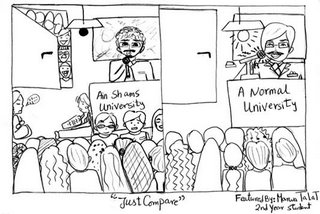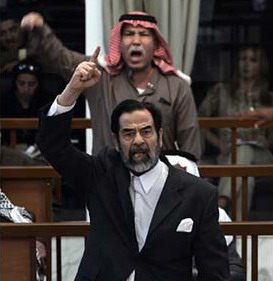III- MISCELLANEOUS III-I INTERVIEW PRACTICE QUESTIONSCompiled ByAhmed Gamal1- What attracted you to this organisation?
2- What do you bring to this job/this organisation?
3- What has been a major challenge for you as a manager?
4- Tell me about a time when you have successfully used your leadership skills.
5- How have you developed yourself as a leader?
6- What kinds of relationships have you developed with clients and customers?
7- How do you go about making new relationships/maintaining relationships with clients and customers?
8- Tell me about a time you’re proud of when you won some new business by influencing a client or a customer.
9- What do you find is the best way to get things done?
10- What motivates you?
11- What’s the most significant impact you’ve made in your work over the last year?
12- What’s been your most challenging project? followed by What difficulties did you meet? followed by How did you overcome them?
13- What projects has your team undertaken and seen through which have been your own idea?
14- Do you tend to focus on procedure or results?
15- Are you serious about taking a drop in salary?
16- How do you organise your work?
17- How do you plan your day at work?
18- How do you manage staff?
19- Tell me about a time when you’ve had to deal with an angry client/customer face to face/on the phone/using written communication.
20- Tell me about a time when you’ve resolved a difficult situation at work.
21- Tell me about a time when you have had to take a flexible attitude to your work.
22- What changes have you experienced at work?
23- How do you use IT to help you manage information?
24- How do you like to be managed?
25- What sorts of things do you like to delegate?
26- How do you work in a team, what is your role?
27- Tell me how you typically approach a new piece of work.
28- What have you learned in your present job?
29- What kinds of decisions do you find it difficult/easy to make?
30- How do you get the best out of people?
31- How do you keep track of everything you are responsible for at work?
32- Tell me about a time when you have had to manage conflicting deadlines.
33- Tell me about a time when you have had to work under pressure.
34- Tell me about a situation where you have needed to influence someone to your way of thinking.
35- What kinds of work have you found satisfying?
36- What do you do best in your current job?
37- What do you think are the benefits of teamwork?
38- What do you like least about your current job?
39- Tell me about a time when you have had to assess and manage risk.
40- Describe a situation where you used strategic thinking to achieve an objective.
41- Why do you want this job?
42- Tell me about a time when you had to take the lead and tell others what to do.
43- How do you go about making decisions?
44- Do you prefer handling practical or theoretical issues?
45- Tell me about a time when you had to bend or break the rules.
46- Tell me about a time when you had to stick to the rules.
47- How do you deal with repetitive, routine tasks?
48- Describe a situation where you had to explain to someone that he/she is wrong; followed by What was the outcome?
49- Describe a time when you have had to deal with criticism at work.
50- Tell me about a situation where you had to take a short-term/long-term view.
51- How do you sell your ideas to clients/colleagues?
52- Tell me about a time when you had to deal with other people’s views and feelings.
53- How have you developed yourself professionally?
54- Describe a situation when you accepted a majority decision although you held a different opinion.
55- Tell me about a time when you had to be meticulous over detail.
56- When have you had to critically analyse information?
57- How do you go about setting yourself targets?
58- What original ideas have you come up with in your current job?
59- What work would you like to be doing in 5 years’ time?
60- What kind of colleague do you think you are?
61- What kinds of colleagues do you like working with?
62- What have people done that you found unhelpful? How did you respond?
63- What have you done that others have found unhelpful?
64- (For jobs which involve a lot of travel or off-site working) How have you organised/managed your work to cover long/frequent periods of being away from your desk?






